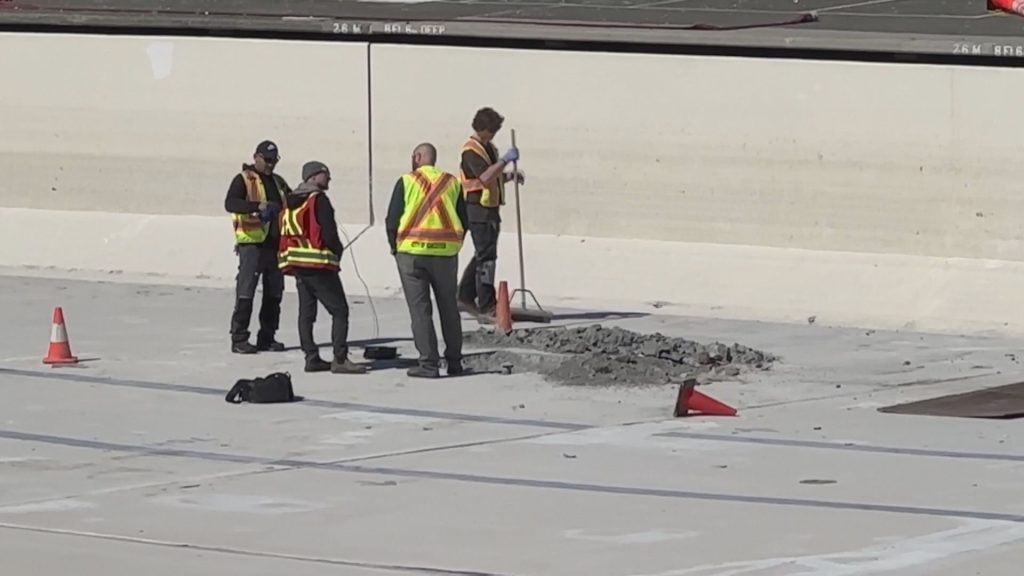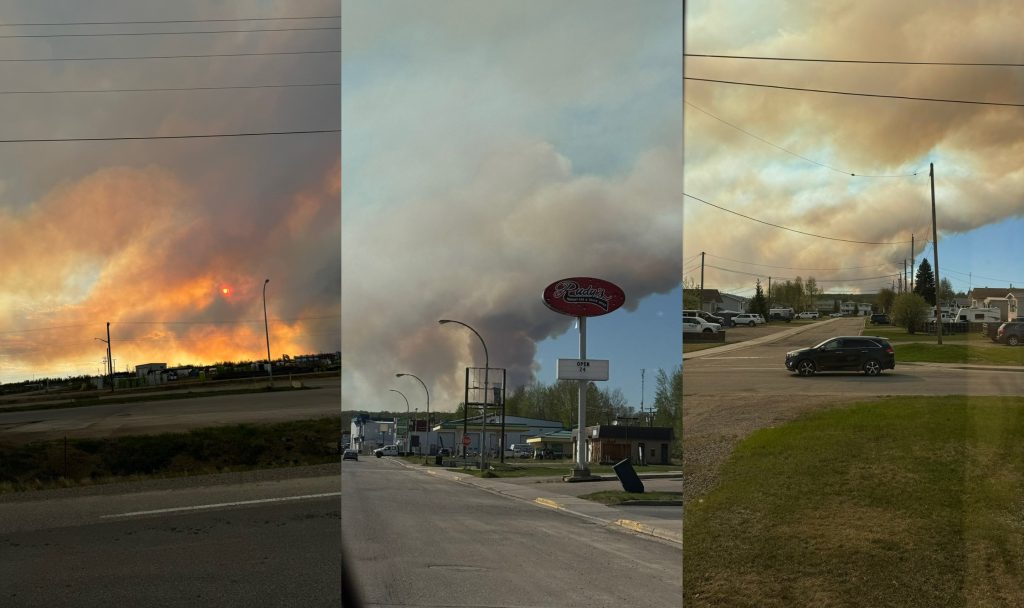We’re not the ‘town where the mill exploded,’ tourism helps forestry towns more than bailouts, say critics
Posted September 28, 2019 11:27 am.
Last Updated September 29, 2019 2:45 pm.
BRITISH COLUMBIA (NEWS 1130) – Outdoor recreation is a major contributor to overall GDP and employs tens of thousands of people in B.C., but is still being ignored in favour of “short-sighted” policies favouring the forestry industry, say critics.
They agree with government funding transition programs for forestry workers but say it shouldn’t have come at the cost of the Rural Dividend Grants, which the province temporarily suspended this month.
This year more than 6,000 British Columbians have lost their jobs as dozens of mills have closed, some indefinitely.
But the grants have facilitated a big uptake in trail building and developing outdoor recreation tourism in rural B.C. and many say it is helping to stabilize and diversify the traditional boom and bust economies.
Specifically, B.C. has become known for mountain biking and municipalities as well as non profits have been relying on RD grants to invest in that sector.
Patrick Lucas is the founder and director of the Aboriginal Youth Mountain Bike Program and says the funds have given young people a shot at employment and independence through trail building.
“Particularly in the Cariboo, where the government is purporting to assist forestry workers, they’ve been using trails to enhance the health and well being of the communities and to respond to wildfires,” he says.
Lucas worked with the ?Esdilagh First Nation, near Quesnel, after that community was majorly impacted by the 2017 wildfire season. He says the RD funds allocated to the community have created jobs, attracted new tourism and developed youth to be empowered to fight future forest fires.

Esdilagh trail crew worker (Courtesy Paul Lucas)
“The youth we work with get great experience working safely in the woods, working in teams, leadership, wilderness safety and that’s been a great way for them to get the kind of experience they need to successfully get a job within the fire fighting response and to retain them,” says Lucas.
He’s also helped the Simpcw First Nation develop a broad network of hiking and biking trails throughout its territory.

Simpcw TBW group photo ( Courtesy Paul Lucas)
A number of those projects have been supported by the RD funds and it’s one of the communities that’s had its most recent application held when the government curtailed the program.
“They used the funding to train up their community members to build and design trails and then they’ve been using that to go around throughout their traditional territory to build trails,” explains Lucas.
“They launched their own trail-building company and this is made up of former forestry workers but also workers who have been laid off by other industries and people on employment insurance,” says Lucas.
“Now they’re getting thousands of visitors. They see themselves now as a trails destination. They’re a mountain bike community and it’s become a big part of their identity.”
Burns Lake
When tragedy hit Burns Lake in January 2012, destroying a mill and killing two workers it cast a shadow over the town.
“It was devastating for our entire community,” says Patti Dube, vice president of the Burns Lake Mountain Biking Association.
“Some people never returned even though the mill was rebuilt. They definitely have PTSD. I couldn’t imagine what they went through,” but Dube says having recreation and mountain bike trails nearby has helped.
“We’re not known as the ‘town where the mill exploded,’ we’re now known for world-class mountain biking trails in Burns Lake and people come to run, bike, walk, camp.”
Since 2005, Burns Lake has spent over one million dollars in grant money on trail building.
Similar stories are unfolding all along Highway 16 from Terrace to Smithers.
“People are shopping here. They’ll go to our coffee shops, restaurants, shop for their groceries, buy our fuel, stay in hotels,” Dube says.
She had been hoping for a grant to build a new climbing trail up to the town’s main riding area but the cancellation of the grant has left that on hold.
“It’s so we can have people ride safely to our trails instead of being on the road. We’re having a lot of kids biking home and to the trails and we wanted a safer way for people to get there,” she says.
Related: Fewer trees, higher costs blamed for devastating downturn in B.C. forestry
Crisis situation
Premier John Horgan is defending the decision by Forests Minister Doug Donaldson to move money around within his own budget and avoid having to request additional funds, given the urgency of the situation for forestry workers.
“There is an emergency in communities in the interior. I suggest you go talk to the mayor of Mackenzie, go talk to the mayor of Fort St. James and ask them how they feel about repurposing resources to keep people in their town,” Horgan told reporters Tuesday, repeating himself, Friday, at the UBCM convention.
Joan Atkinson is the mayor of forestry-dependant Mackenzie in northern B.C.. She says she is more than happy with the support her town has received from the government since two mills closed there in early summer.
One mill has since reopened but a Canfor owned sawmill that employs about 225 people remains closed indefinitely.
“I certainly appreciate the concern coming from communities that will not be eligible for any of this forestry transition money but at the same time I recognize that once the government has a budget in place, that to try to find $69 million to fund the forestry transition that money has to come from somewhere,” says Atkinson.
BC Liberal leader, Andrew Wilkinson, says the NDP could have easily pulled from it’s under spent wildfire budget.
“That money is available to the Forest Minister and he decided not to spend it and instead steal money from the Rural Dividend fund, which is an insult to the people who have already lost their jobs,” Wilkinson says.
Wilkinson says the government hasn’t just held investment in outdoor recreation and job training, but also daycare spaces and affordable housing projects as well.
Tourism as the alternative
Grant applicants don’t want to see forestry die; they say they’re happy the government is doing something to help forestry workers train for alternative employment and even retire.
In 2017, tourism added $9 billion to B.C’s GDP, employing 137,800 people, according to Destination BC. In the same year, the province’s struggling forestry industry contributed $1.8 billion.
The government-funded promotions department says outdoor recreation was the single biggest sub-category of tourism that year.
Many worry the cuts will hit B.C. where it hurts when it comes to its reputation as an outdoor destination as trail building, maintenance and other work gets set aside.
The government’s recent decision comes as critics are begging the NDP to inject much-needed funding into B.C. Parks and the branch Recreation Sites and Trails. They say some facilities and trails are crowded, out of date and falling apart.
In the meantime, however, the NDP has given additional funding to Destination BC to continue marketing the province as an outdoor destination and left the parks with a budget that hasn’t quite kept up with inflation.










